Вы здесь
First cosmonaut Yuri Gagarin.

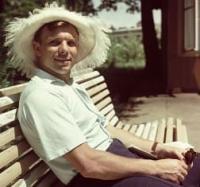
Baikonur Cosmodrome in Kazakhstan.
“What can I tell you in these last minutes before the start?.. Everything that has been lived, that has been done before, has been lived and done for the sake of this minute... It’s hardly worth talking about the feelings that I experienced when I was offered We wanted to make this first flight in the world. Joy ? No, it was not only joy. Pride? No. It wasn't just pride. I experienced great happiness... To be the first in space, to enter one-on-one into an unprecedented duel with nature - can you dream of more? But after this I thought about the colossal responsibility not before one, not before dozens of people, not before the team. This is a responsibility before the entire Soviet people, before all humanity, before its present and future... I know that I will muster all my will to carry out the task in the best possible way.”
Yuri Gagarin. On the morning of April 12, 1961, before the launch.
First astronauts in space.
Yuri Alekseevich Gagarin is the first cosmonaut of the earth (1934 - 1968). He was born on March 9, 1934 in the city of Gzhatsk (now Gagarin) in the Smolensk region. His mother, Anna Timofeevna, and father, Alexey Ivanovich, were ordinary rural workers from the village of Klushino, Gzhatsky district.
In May 1949, he graduated from the Gzhatsk junior high school and entered the Lyubertsy vocational school No. 10, specializing in molding and foundry. Simultaneously with his studies at the school, Yuri entered the Lyubertsy evening school for working youth.
In 1951 he became a student at the Saratov Industrial College. It was during those years that he became interested in aviation and on October 25, 1954, he first came to the Saratov Aero Club. In June, Gagarin graduated with honors from the Saratov Industrial College, in July he made his first solo flight on a Yak-18 aircraft, and on October 10 of the same year he graduated from the Saratov Aero Club. October 7, 1955.
Yuri Alekseevich was drafted into the ranks of the Soviet Army and sent to the city of Orenburg to study at the 1st Chkalov Military Aviation School named after K.E. Voroshilov.
On October 25, 1957, he graduated from college and a few days later married Valentina Ivanovna Goryacheva. The marriage produced two daughters: Elena, now the director of the Moscow Kremlin Museum-Reserve, and Galina, who became an economist and professor at the Russian Economic University. G.V. Plekhanov.
At the end of 1957, Gagarin arrived at his destination - the fighter aviation regiment of the Northern Fleet. On December 9, 1959, Gagarin wrote a statement asking to be included in the group of cosmonaut candidates.
On March 3, 1960, by order of the Air Force Commander-in-Chief K.A. Vershinin, he was enrolled in the group of cosmonaut candidates, and on March 11 he began training. The head of the Soviet space project, Sergei Pavlovich Korolev, and the leaders of the Defense Department of the CPSU Central Committee, who oversaw space developments, and the leaders of the Ministry of General Engineering and the Ministry of Defense understood perfectly well that the first cosmonaut should become the face of our state, worthily representing the Motherland in the international arena.
On April 12, 1961, at 9:07 am Moscow time, the Vostok spacecraft launched from the Baikonur Cosmodrome with pilot-cosmonaut Yuri Alekseevich Gagarin on board. After just 108 minutes, the cosmonaut landed near the village of Smelovki in the Saratov region.
These minutes were destined to become stellar in Gagarin’s biography. Two days later, Moscow welcomed the space hero. A crowded rally dedicated to the world's first space flight took place on Red Square. Thousands of people wanted to see Gagarin with their own eyes.
For his flight, he was awarded the titles Hero of the Soviet Union and "Pilot-Cosmonaut of the USSR", and was awarded the Order of Lenin. Already at the end of April, Yuri Gagarin went on his first trip abroad. The “peace mission,” as the first cosmonaut’s trip across countries and continents is sometimes called, lasted two years.
Gagarin visited dozens of countries and met with thousands of people. Kings and presidents, politicians and scientists, artists and musicians considered it an honor to meet him. Yuri Alekseevich quickly recovered from star fever, and began to devote more and more time to work at the Cosmonaut Training Center.
Since May 23, 1961, Gagarin has been the commander of the cosmonaut corps. And already in the fall of 1961 he entered the Air Force Engineering Academy named after N.E. Zhukovsky to get a higher education.
The following years were very tense in Gagarin's life. Work on preparing new space flights and studying at the Academy took up a lot of time and effort. On December 20, 1963, Gagarin was appointed deputy head of the Cosmonaut Training Center.
He returned to flight training in 1963, and began preparing for a new space flight in the summer of 1966. In those years, the implementation of the “lunar program” began in the Soviet Union. One of those who began to prepare for the flight to the Moon was Gagarin.
It’s not hard to guess how he wanted to be the first to go to our eternal companion. But that was still a long way off. For now, it was necessary to teach the Soyuz spacecraft to fly. The first test flight in a manned version was scheduled for April 1967.
Vladimir Mikhailovich Komarov and Yuri Alekseevich Gagarin were preparing for it. The fact that Komarov became the main pilot of the ship does not mean that he was better prepared. When this issue was being resolved, they decided to “save” Gagarin and not risk his life.
Everyone knows how the flight of the Soyuz-1 spacecraft ended. Speaking at a funeral meeting dedicated to the memory of Vladimir Komarov, his backup Yuri Gagarin promised that the cosmonauts would teach Soyuz to fly.
In the end, that's what happened. But this was done without Yuri Gagarin. On February 17, 1968, he defended his diploma at the Academy named after N.E. Zhukovsky. He continued to prepare for new space flights.
With great difficulty, I obtained permission to fly the plane myself. The first such flight took place on March 27, 1968. The flight took place under the guidance of an experienced instructor, Hero of the Soviet Union, Colonel Vladimir Seryogin.
According to the investigation, the cause of the accident was a sharp maneuver of the plane a few seconds before the crash, after which the plane went into a flat spin. The most likely reasons for the maneuver were a sharp evasion from a balloon or another aircraft with a possible fall into its wake vortex.
After his death, national mourning was declared in the country (for the first time in the history of the USSR in memory of a person who was not the head of state). At the time of his death, Gagarin held the rank of colonel. The bodies of Gagarin and Seryogin were cremated and buried on March 30 at the Kremlin wall with military honors.
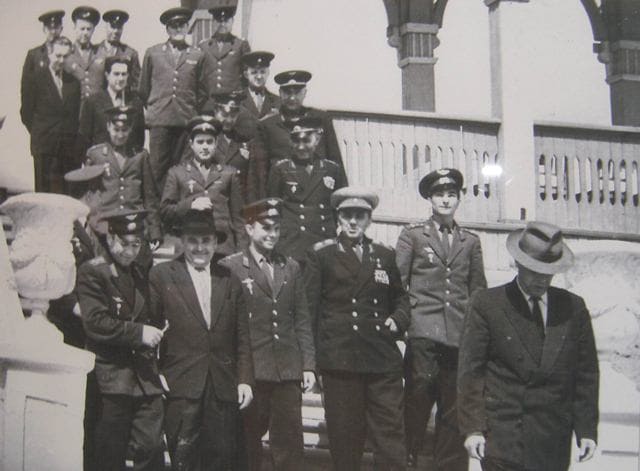
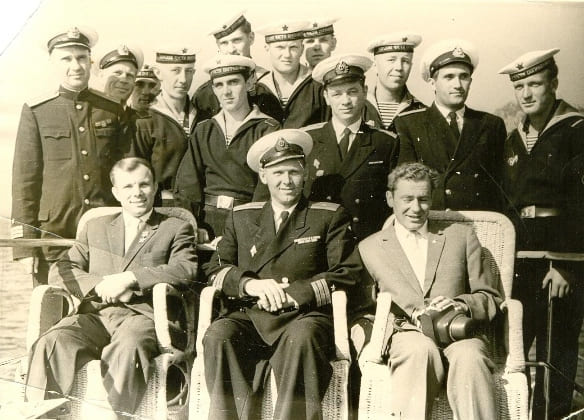

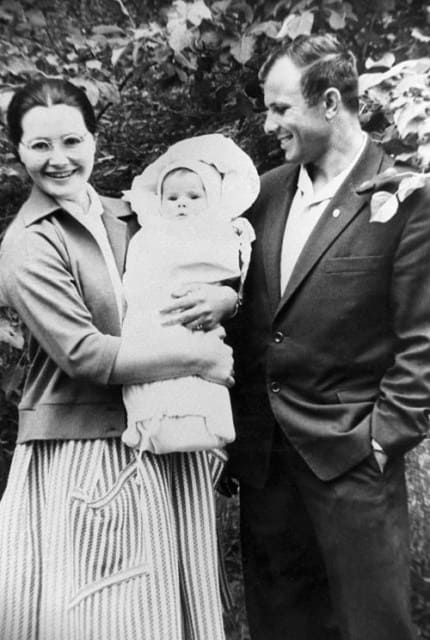
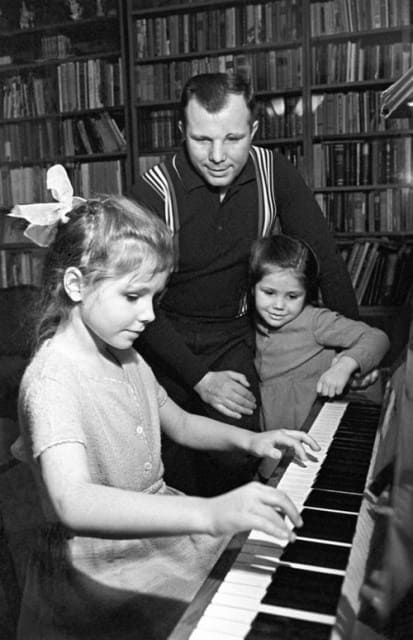
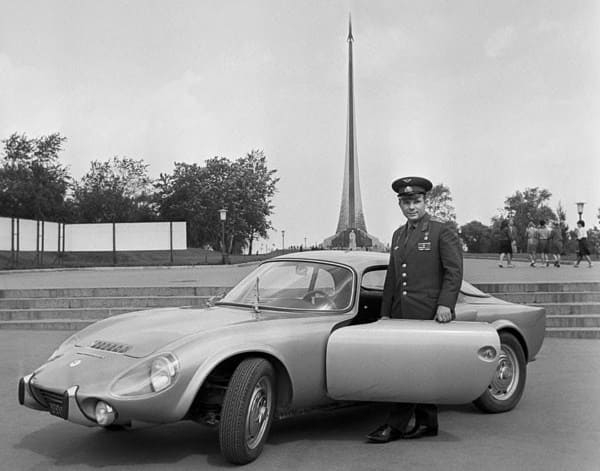
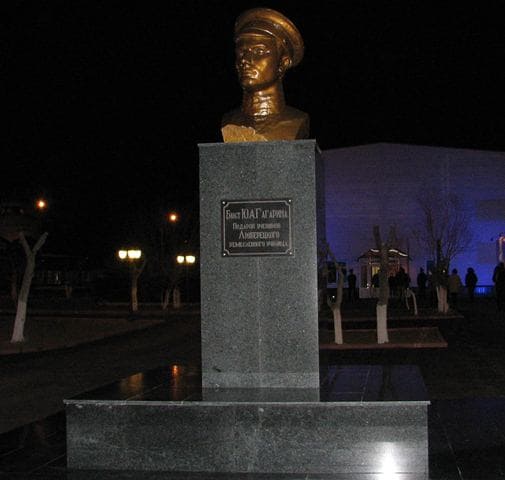
Authority and photos by
https://histrf.ru/read/biographies/gagharin-iurii-alieksieievich







